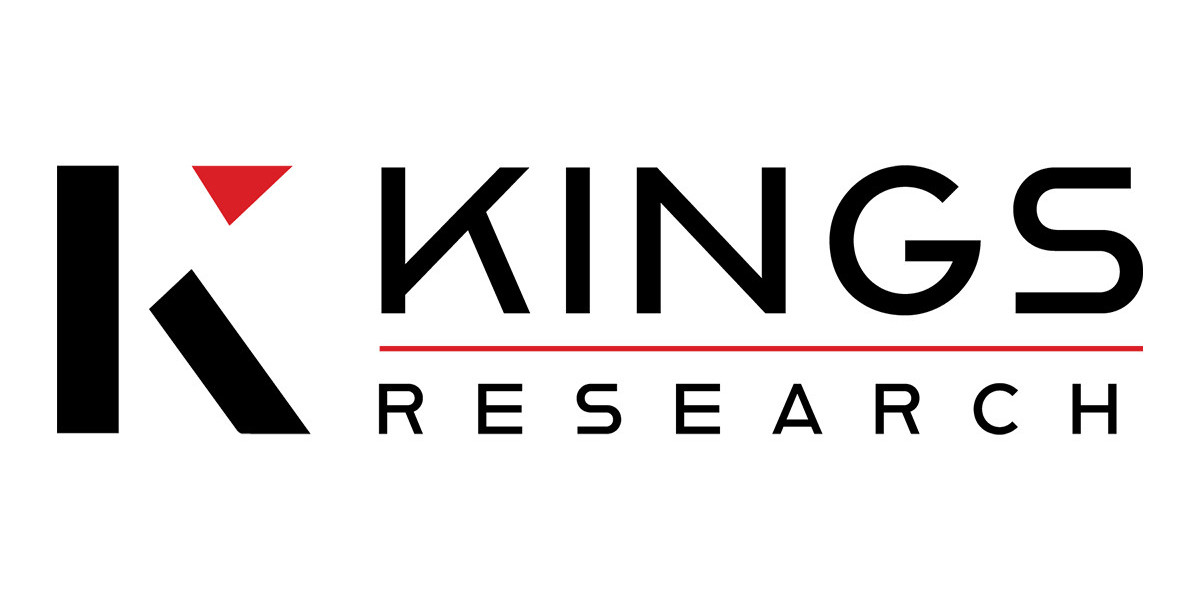Unlock the Secrets of 3D Printing: Discover the Game-Changing Filaments Transforming Your Creations!
3D printing has revolutionized the way we create and manufacture objects, allowing for unprecedented levels of customization and innovation. At the heart of this transformative technology lies the selection of the right filament, which can significantly impact the quality, durability, and appearance of the final printed object. With a plethora of filaments available on the market, each offering unique properties and applications, understanding these materials is crucial for anyone looking to harness the full potential of 3D printing. Whether you’re a hobbyist crafting intricate models or a professional designing functional prototypes, knowing how to choose the right filament will enhance your 3D printing experience and outcomes.

Understanding 3D Printing Filaments
3D printing filaments are the thermoplastic materials used in fused deposition modeling (FDM) printers, which form the building blocks of 3D printed objects. These filaments are typically supplied in spools and are melted in the printer's hot end, allowing them to be extruded layer by layer to create the desired shape. The choice of filament plays a vital role not only in the print quality but also in the mechanical properties of the finished product. Various filaments possess distinct characteristics such as strength, flexibility, and temperature resistance, making some more suitable for specific applications than others. Understanding these materials is key to achieving successful prints.
Types of 3D Printing Filaments
When diving into the world of 3D printing, you'll encounter a variety of filaments that cater to different needs and projects. Here, we will explore some of the most commonly used materials in the 3D printing community, highlighting their properties, advantages, and typical applications.
PLA (Polylactic Acid)
PLA is one of the most popular 3D printing filaments, known for its ease of use and environmentally friendly properties. Made from renewable resources like corn starch, PLA is biodegradable and emits a sweet smell when printed. It has excellent adhesion to the print bed and produces high-quality prints with a glossy finish. PLA is ideal for beginners and is often used for creating prototypes, educational models, and decorative items. However, it has a lower heat resistance compared to other materials, making it unsuitable for functional parts that will be exposed to high temperatures.
ABS (Acrylonitrile Butadiene Styrene)
ABS is a widely used filament known for its strength and durability. It is the same material used in LEGO bricks, which speaks to its robustness. ABS can withstand higher temperatures than PLA and is more flexible, making it suitable for functional parts and prototypes that require impact resistance. However, ABS releases fumes during printing, so it is essential to use it in a well-ventilated area. Common applications for ABS include automotive parts, appliances, and toys. A friend of mine once used ABS to create a custom phone case, and the strength and finish were impressive!
PETG (Polyethylene Terephthalate Glycol)
PETG is a versatile filament that combines the best features of PLA and ABS. It is known for its excellent strength, durability, and chemical resistance, making it a great option for functional parts that may be exposed to harsh environments. PETG is also easy to print and offers good layer adhesion, which results in strong and reliable prints. Additionally, it has a lower tendency to warp compared to ABS, making it suitable for large prints. Common applications for PETG include containers, mechanical parts, and food-safe prints, as it is non-toxic and safe for contact with food.
TPU (Thermoplastic Polyurethane)
TPU is a flexible filament that is gaining popularity for producing objects that require elasticity and durability. It is ideal for printing parts that need to bend or stretch, such as phone cases, shoe soles, and wearable items. TPU is resistant to abrasion and has excellent shock absorption properties. However, printing with TPU can be challenging due to its flexibility, which may lead to issues with feeding in some printers. Nevertheless, the results can be incredibly rewarding, as a friend of mine discovered when they printed custom gaskets for their bike, improving both performance and aesthetics.
Factors to Consider When Choosing Filaments
When selecting the right filament for your 3D printing project, there are several key factors to consider that will influence the final result. First, think about the strength and durability required for the printed object. Materials like ABS and PETG are better suited for functional parts, while PLA may suffice for decorative items. Flexibility is another important consideration; if your project requires bending or stretching, materials like TPU are ideal. Additionally, temperature resistance is crucial for items exposed to heat—ABS and PETG outperform PLA in this regard. Lastly, consider printability; some materials are easier to work with than others. Beginners may find PLA to be the most forgiving option, while more experienced users might experiment with ABS or PETG for their advanced properties.
Future Trends in 3D Printing Filaments
The landscape of 3D printing filaments is continually evolving, with exciting trends emerging in materials science. One of the most significant trends is the development of sustainable materials, such as biodegradable filaments made from plant-based resources. These eco-friendly options aim to reduce the environmental impact of 3D printing. Additionally, advanced composite filaments, which combine multiple materials to enhance specific properties, are gaining traction. These filaments can offer improved strength, flexibility, or heat resistance, opening new doors for innovative applications in various industries. As technology progresses, the future of 3D printing filaments looks promising, with endless possibilities for creativity and sustainability.
Maximizing Your 3D Printing Experience Through Filament Selection
Understanding the various types of 3D printing filaments is essential for anyone looking to make the most of their 3D printing projects. Each filament presents unique properties and advantages, influencing the final output's quality and functionality. By considering factors such as strength, flexibility, and temperature resistance, you can select the ideal material for your specific needs. As the industry continues to innovate, exploring different filament types and emerging trends can inspire new ideas and applications. So dive into the fascinating world of 3D printing filaments, and let your creativity flourish!













